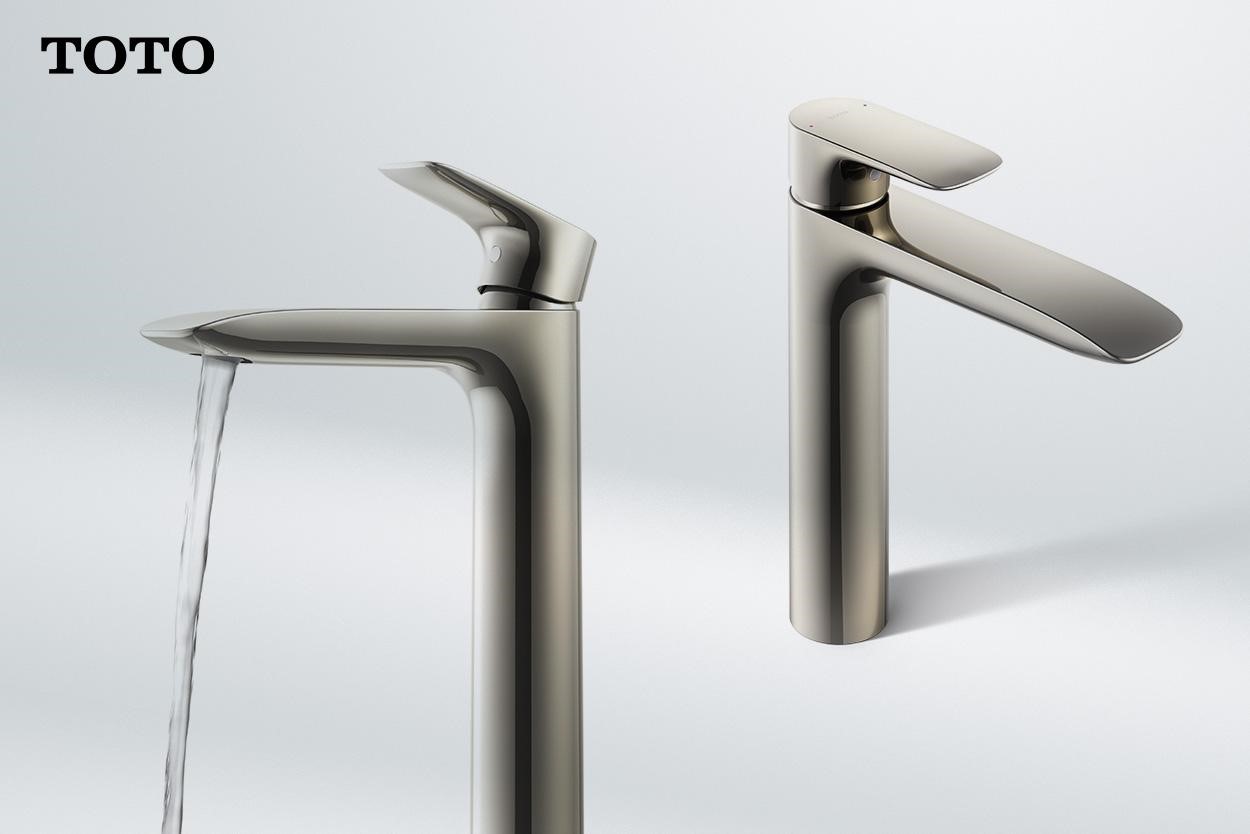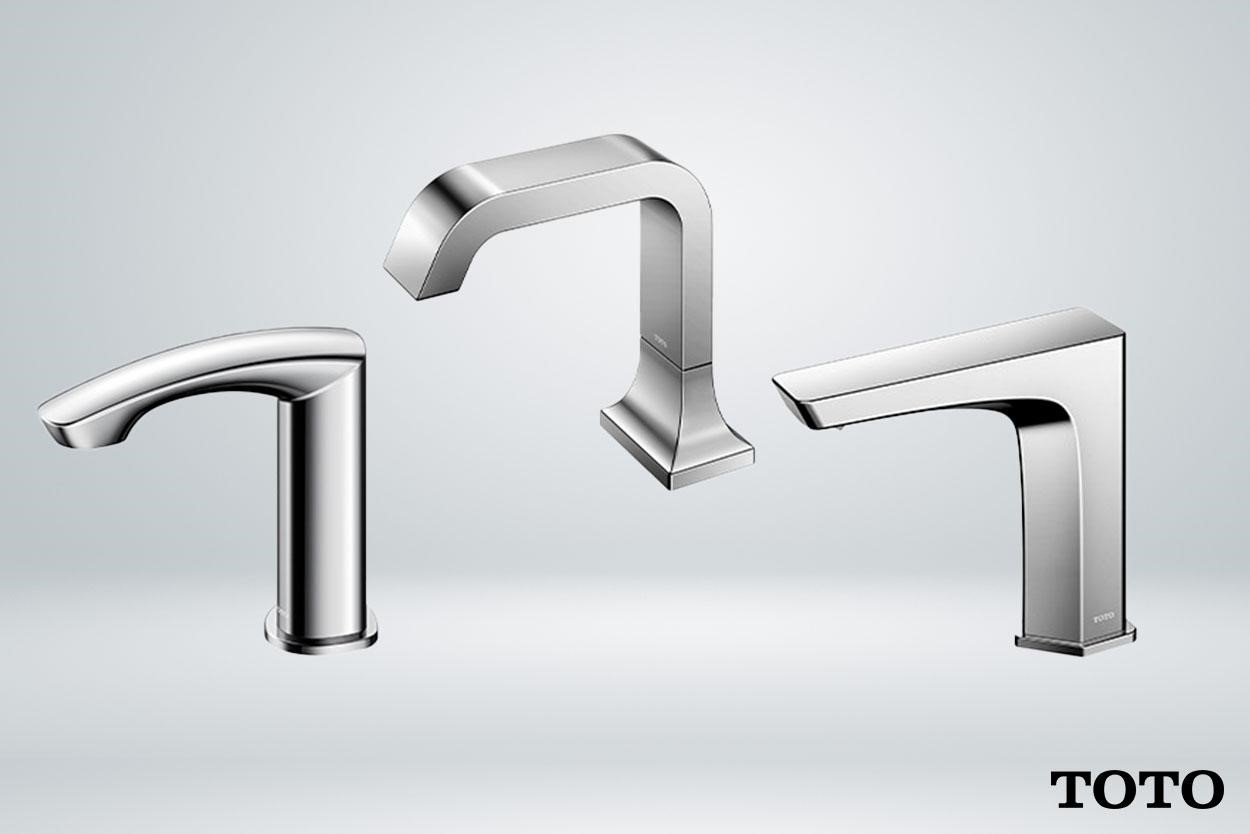If you've been to a public restroom at a mall in recent years, you might have noticed that most of them have sensor faucets installed, replacing manual faucets. They are also gaining popularity at home. Nevertheless, manual lever faucets do still have their advantages. Here are some key differences to take note of.

Smart homes have been gaining popularity in Singapore over the past few years, partially driven by the government's Smart Nation initiative. These are homes where modern technology is central to the different functions within, from app-controlled lights to voice-activated entertainment systems. Similarly, in bathrooms, innovative installations like sensor faucets serve to maximise the convenience of every user. However, before making a purchase, it's important to understand the differences between a touch and a touchless faucet just so you're familiar with the technicalities.
Touch Faucet
Also known as a manual faucet, the touch faucet is a manually operated faucet whose water temperature, flow volume, and length of time are entirely determined by the user. Depending on the number of faucet holes drilled into your sink, you could either get a single-level faucet, or a faucet with two knobs.
Another key advantage of manual faucets is that they do not require electricity, unlike touchless faucets that come with sensors. This means that without anyone touching the faucet, it will not use any electricity. If your home is prone to power outages, then touchless faucets may not be quite as compatible. Additionally, manual faucets won't be accidentally activated by sudden movement. If you own pets like cats who tend to walk on your basin, they may activate a touchless faucet, wasting water and electricity in the process. Sometimes, it could be better to stick to conventional faucets.
Touchless Faucet
Like its namesake implies, the touchless faucet is a sensor faucet that doesn't require any physical touch at all. It's also more commonly installed than touch faucets; you have probably seen and used them in public washrooms in shopping malls. There's a good reason for that - touchless faucets are much easier to operate: just wave your hands below the faucet and it'll automatically be turned on. This works great for children, who are often too short to reach for the faucet, or for the disabled with limited mobility. The total elimination for the need for any kind of touch also keeps touchless faucets clean and hygienic.
You will also notice that different touchless faucets dispense different volumes of water with each use. This is because you can set the amount of water that will be discharged each time you turn the faucet on. While it isn't as precise as touch faucets, touchless faucets are still able to help you conserve water.
Downsides to Consider
Generally, sensor faucets are pricier than lever/manual faucets, and this is mainly because of the high cost of sensors. Touch faucets are also more difficult to install and often require professional plumbing services to do so. Sensors require batteries or electricity to work - the former has a lifespan of somewhere between 3 to 5 years before they need to be replaced, and the latter could add to your electricity bills.
Nevertheless, they are both increasingly popular choices as the world evolves with the technology that drives it forward. "Convenience" is the buzzword when it comes to building a home for the future, and whether you're considering a touch or touchless faucet, they both rid your bathroom experience of any hassle - just what a smart home promises to deliver. For more information about our range of sensor faucets, check out our website here.
